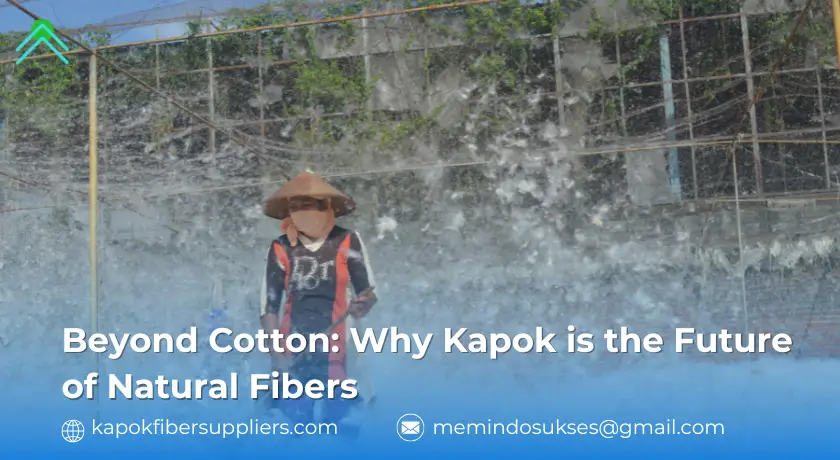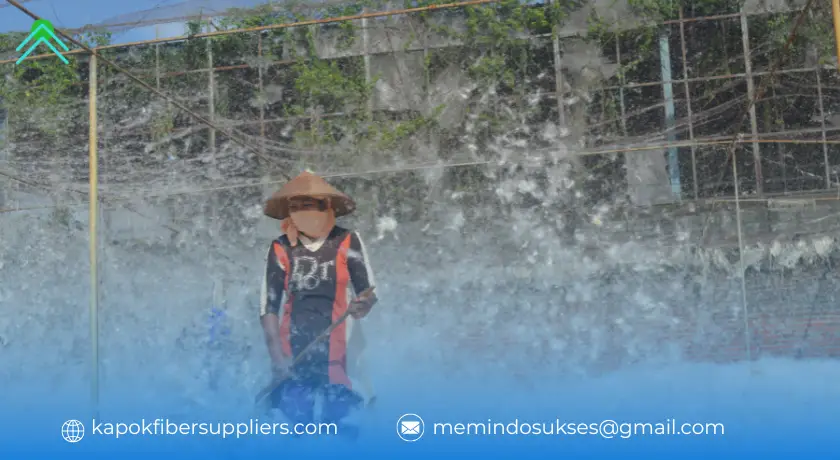
Rediscovering Kapok: Nature’s Lightweight Marvel
Kapok fiber is one of the most underappreciated natural materials, offering a perfect blend of sustainability, comfort, and innovation. Derived from the seed pods of the Ceiba pentandra tree, this silky, buoyant fiber is setting new standards in various industries.
The Unique Advantages of Kapok Fiber
Unlike traditional fibers, kapok brings extraordinary benefits that are reshaping industries:
- Exceptionally Soft & Lightweight – Kapok is among the lightest plant-based fibers, providing cloud-like comfort without added weight.
- Water-Resistant & Quick-Drying – Its natural wax coating repels moisture, making it ideal for humid environments.
- Resilient & Durable – Kapok maintains its structure longer than conventional fillers, reducing the need for frequent replacements.
- Sustainably Sourced & Grown Wild – No deforestation or artificial cultivation is required, making it an ethical choice for eco-conscious consumers.
Revolutionary Applications of Kapok
Kapok is making waves in unexpected ways:
- Luxury Outdoor & Travel Gear – Used in lightweight, eco-friendly sleeping bags and adventure pillows.
- High-Performance Athletic Wear – Blended with natural fabrics to enhance breathability and comfort.
- Acoustic & Thermal Insulation – A top choice for sustainable home and vehicle insulation materials.
- Botanical Beauty & Wellness – Found in organic skincare and eco-conscious yoga accessories.
The Science Behind Kapok’s Superiority
Kapok’s unique structure—hollow, air-filled fibers coated with natural wax—gives it remarkable insulating properties. This makes it an excellent alternative to synthetic and down fillers, offering the same warmth without harming animals or the environment. Additionally, kapok’s antimicrobial nature prevents mold, mildew, and dust mites, making it ideal for allergy sufferers.
The Rise of Kapok in a Sustainable World
The global shift towards sustainability is propelling kapok into the spotlight. As industries move away from synthetic fillers and excessive resource consumption, kapok’s renewable properties offer a promising alternative. Innovations in textile technology are now allowing kapok to be spun into yarn and woven into breathable, eco-friendly fabrics for clothing and upholstery.
The Economic Impact of Kapok Farming
The increasing demand for sustainable materials is creating new economic opportunities for farmers in tropical regions. Unlike monoculture crops that require heavy irrigation and chemical treatments, kapok trees thrive naturally, providing an abundant and low-maintenance resource for rural communities. Investing in kapok production not only benefits the environment but also supports fair trade and ethical sourcing initiatives.
Why It’s Time to Embrace Kapok
Kapok fiber isn’t just another natural material—it’s a game-changer for those seeking innovative, planet-friendly solutions. Whether in fashion, home goods, or industrial applications, kapok is revolutionizing the way we think about fibers.
As more brands commit to sustainable practices, kapok is poised to become a staple in eco-conscious manufacturing. By choosing kapok, consumers and businesses alike can help reduce waste, lower carbon emissions, and contribute to a healthier planet.
Join the movement—embrace kapok and redefine sustainable living!

